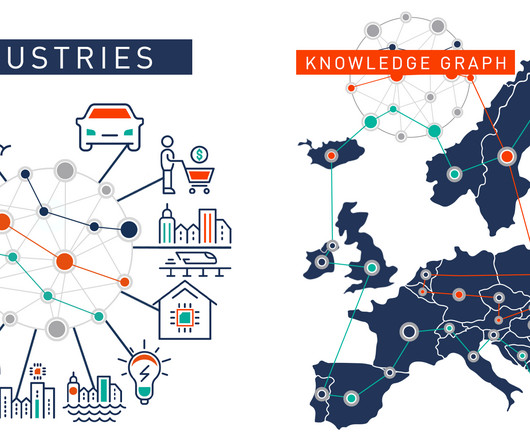Bridging the Gap Between Industries: The Power of Knowledge Graphs – Part I
Ontotext
APRIL 6, 2023
More and more companies are using them to improve a variety of tasks from product range specification and risk analysis to supporting self-driving cars. This allows companies to model and optimize the interactions between the various computers that make a car run, ensuring everything is operating in sync to meet the desired specifications.













Let's personalize your content